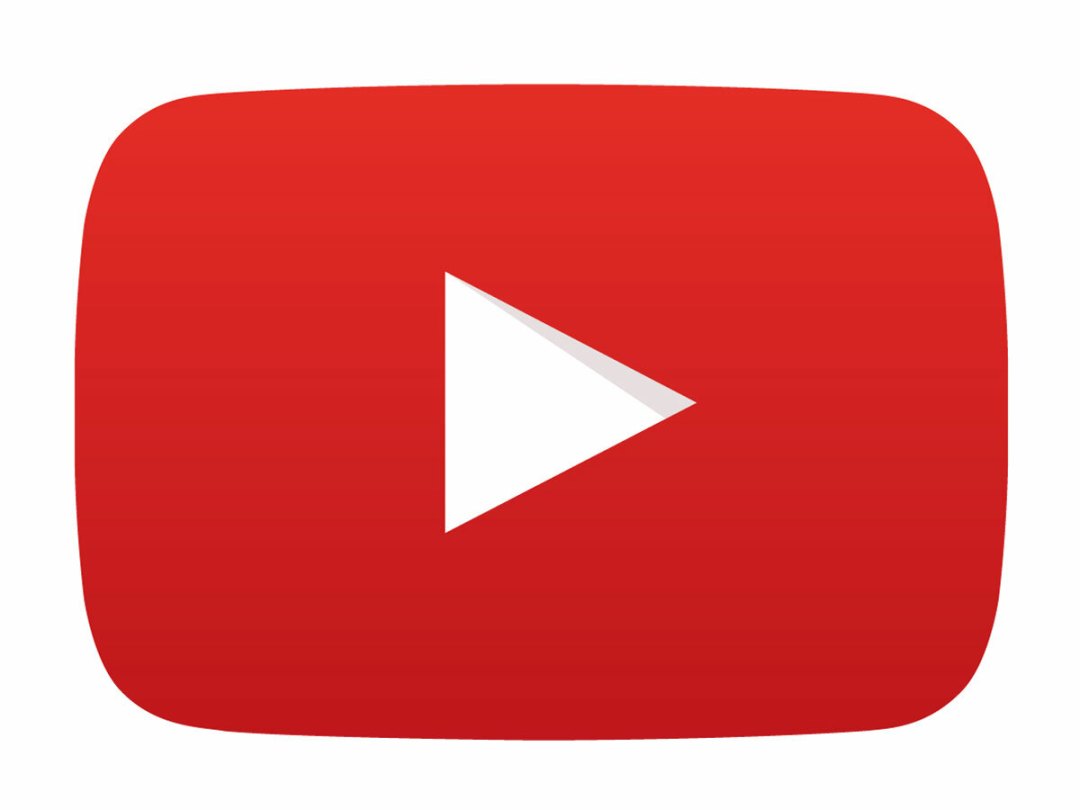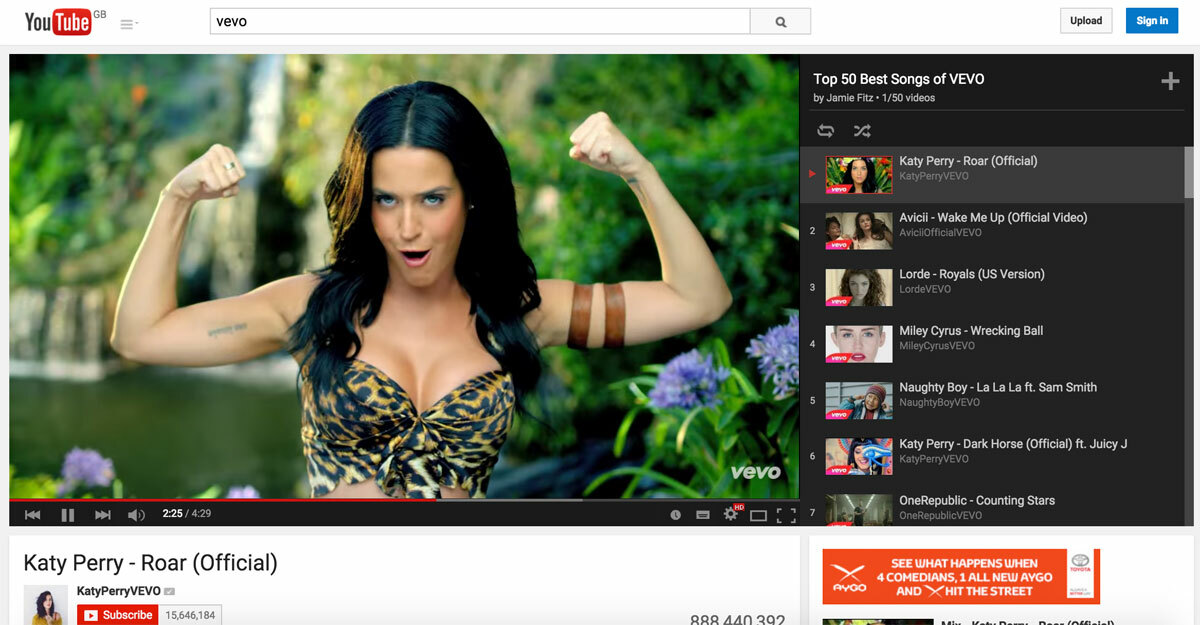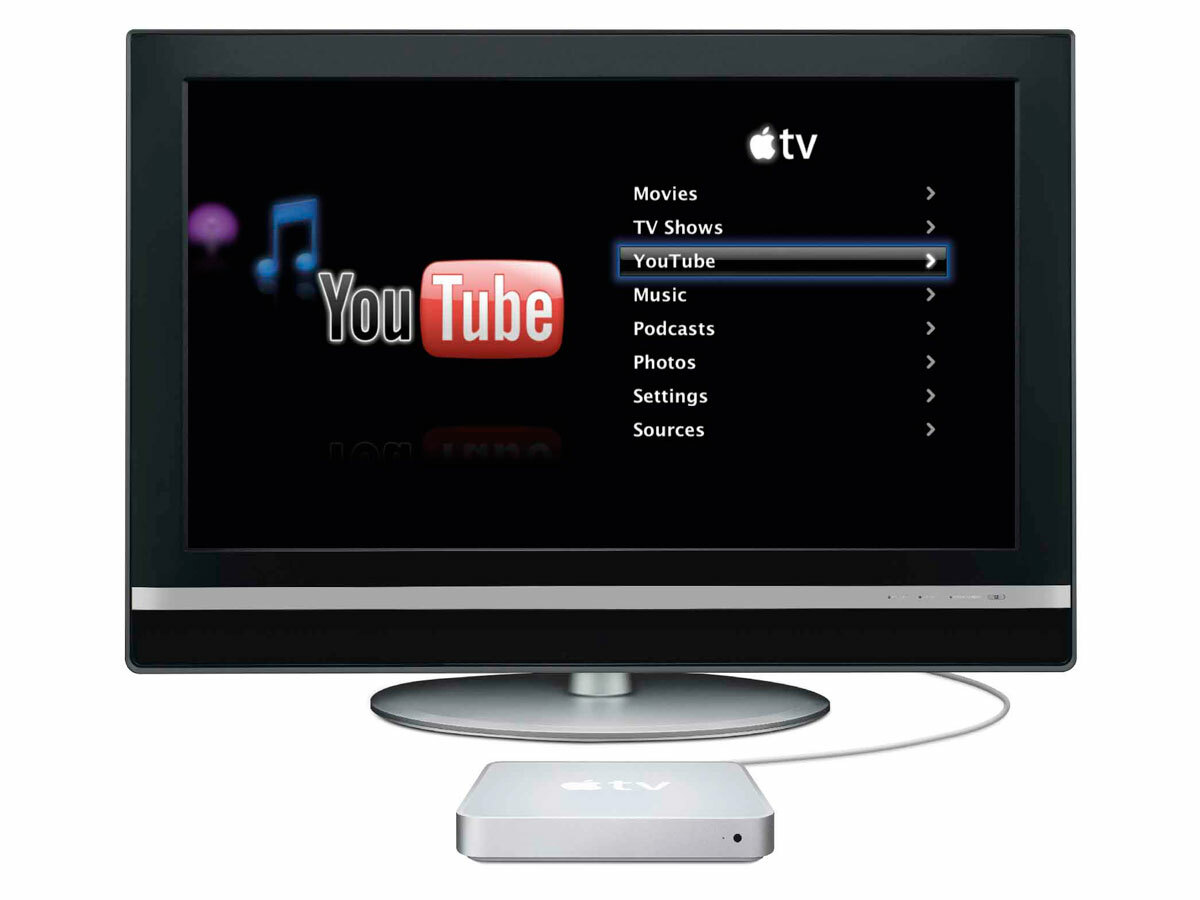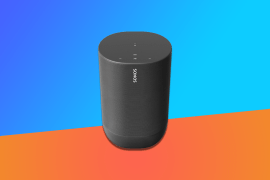YouTube at 10: How the video site killed traditional television
By giving us what we wanted when we wanted it, YouTube ensured we wouldn't stand for the old way of doing things

The very first YouTube video was uploaded ten years ago today, and it’s no overstatement to say it’s totally revolutionised the way the world watches TV.
It’s changed what we consider to be TV. In fact, it may have dealt the first major blow in the death of TV as we know it. Or at least as we knew it – because the past decade has already seen television going through a seismic shift.
Before YouTube, TV and movie companies were effectively the sole gatekeepers of what we now call “video content”. Want to watch a dad falling off a roof and into a paddling pool? Tune into You’ve Been Framed on Saturday evening. Want to watch Michael Jackson’s latest multimillion dollar music video? Turn on MTV (assuming you’re paying for cable or satellite TV) and hope it rolls around in the playlist at some point. Want to catch the latest episode of Quantum Leap? Hope you recorded it on your VCR, pal.
That’s all changed now, and YouTube provided the spark. We demand on-demand content and we’ve got it, whether it’s going to Amazon Prime, Sky Go, Now TV or Netflix for all-you-can-eat stuff or to Google Play or the iTunes Store for stuff you pay for individually.
YouTube started that by putting everything right there for us, by making it instantly streamable and instantly replayable, so we could repeatedly laugh at the aforementioned dad plunging off the roof, at Charlie biting that finger, and at Fenton the dog chasing those deer without having to download anything, without having to fuss around with media player software and without having to gather in front of a screen at a some appointed time.
We’d never had it so good, and we weren’t going to settle for the old way of doing things any longer.

It wasn’t just the concept of YouTube that caused this to happen – there were advances in technology that made it all possible. In July 2005, broadband penetration in the UK was just 13.5 percent; five years later, it had reached over 30 percent – and that broadband didn’t just roll out to more people, it got faster and capable of streaming high quality video far more easily. In 2007 the average connection speed in the UK was 4.6Mbps; today it’s 18.7Mbps. Even in 2007, it’s estimated that YouTube alone used up the same amount of bandwidth as the entire internet did in 2000, so it’s easy to see why increased broadband access and speed has been key to its growth.
Another factor not to be underestimated is YouTube’s move from Adobe Flash to HTML5 as its playback standard. Flash-based videos required a browser plug-in to play (there was a time when only a selected handful YouTube videos were watchable on the iPhone), while most browsers support HTML5 right out of the box. As of January 2015, HTML5 has become the default playback option on YouTube for supported browsers – a much less fussy arrangement for most viewers.

And, of course, where YouTube was once easily viewable only from your PC, tablet or mobile phone, it’s now easily available on your living room TV screen, whether that’s through a games console, a plug-in dongle or an app built into the TV software itself. So while it might be tempting to say that YouTube has killed the TV, it hasn’t – it’s instead forced it to change and adapt to something far more flexible, driven increasingly by the whims of its users rather than those of its owners.
And for that, YouTube, we thank you.
You still have the absolute worst commenters on the internet, though.
Now read this › Why it’s time to get pumped about HDR television



